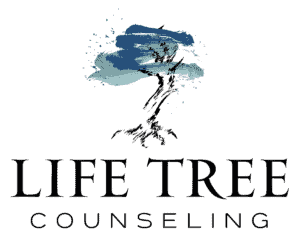For countless children, facing abuse is a real-life nightmare that comes true time and time again. However, child play therapy can help resolve these issues and bring back peace and comfort to the life of a victim of potential abuse. By building a strong relationship between the counselor and the child, often between the ages of three and nine, this type of therapy can unlock information via playing with toys – the child’s natural form of communication – that can then lead to a final reconciliation of the underlying issue. Like most other therapies, what happens in these sessions is subject to confidentiality, barring the need for outside intervention on behalf of the child’s safety. However, there is so much more to the process that it requires a deeper look to understand all of the intricacies of the therapy.
How It Works
To start, the entire therapy plan runs across 14 to 16 sessions. In the first four to five, the role of the counselor is simply to make the child feel comfortable and safe. Once the child begins to trust in the environment, he or she naturally will start to discuss issues and potential signs of abuse through playing with toys that incorporate designs specifically for building a channel of communications.
Once the counselor identities the problem, the play therapy continues to use toys and help the child learn to handle these tough issues in his or her own way. Once this mastery of the problem and general recovery takes place, the parent or guardian of the child can continue using playtime at home to maintain an open and comfortable outlet of communication.
How You Can Help
If you’re concerned that a child may be the target of abuse, look for a few key indicators that can give you the evidence you need to engage in child therapy or other forms of counseling. The first and most obvious is if you have knowledge of a previous incident or an acknowledgement of abuse from the child. Additionally, sudden changes in habit, like wetting the bed after being potty trained, and physical marks are also key clues. Once you note these indicators, getting the child help via child therapy is the first step to a healthy and happy future.
Tags:
